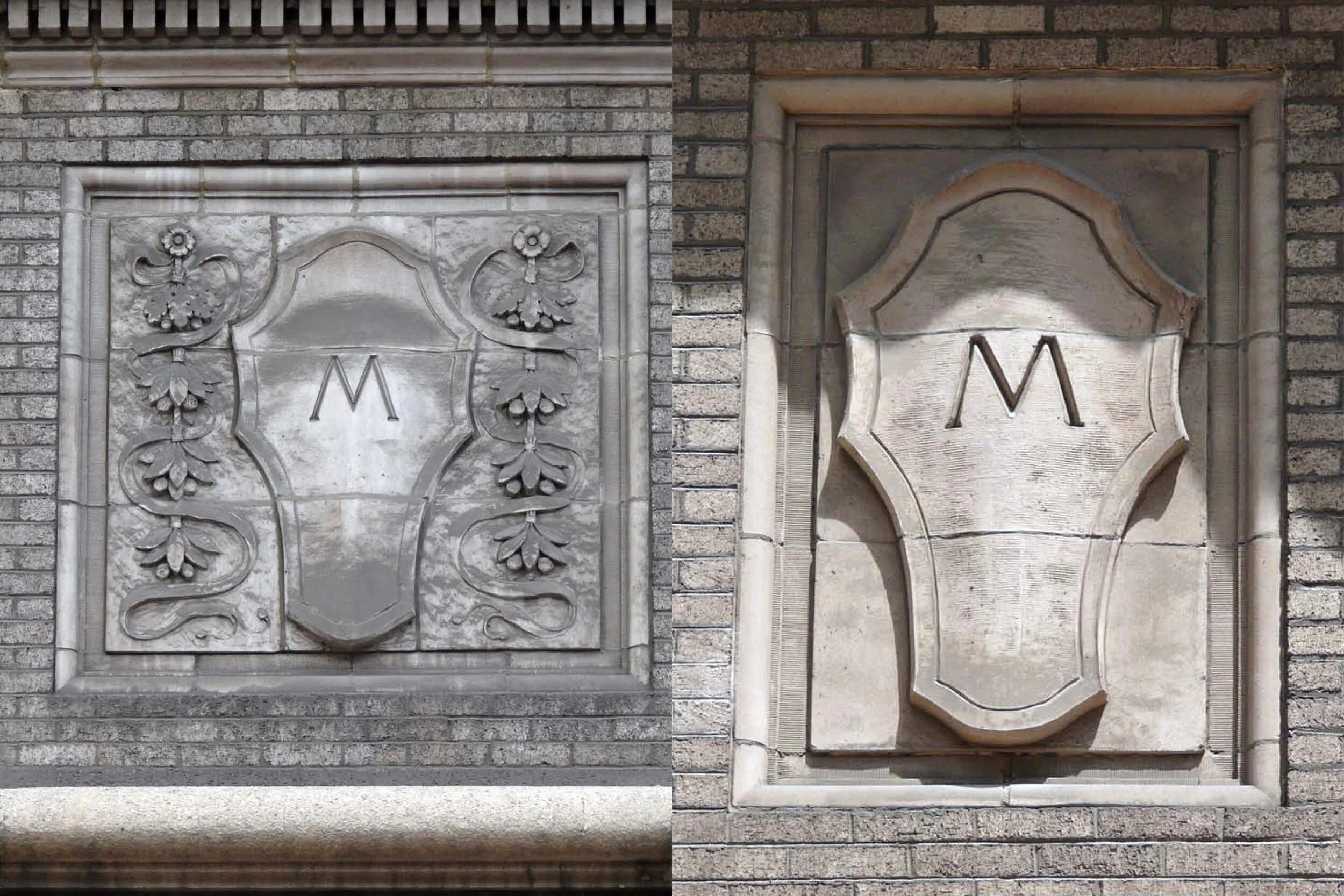
11 East 68th St
A legacy of luxury
for
hfz capital
at
wordsearch
what
strategy / brand / print / online / digital / onsite / advertising / bags / photography / gifts
Overview
Designed in 1913 by Herbert Lucas in Beaux-Arts Revival style, 11 East 68th Street — The Marquand, is a New York City landmark, originally named after renowned American financier Henry Gurdon Marquand, one of the original founders of the Metropolitan Museum of Art. This classic American address sits between Central Park and Madison Avenue and was refurbished in its centenary year by New York developers HFZ Capital, known for their sensitive restoration of classic, often landmarked residential properties to their original glory. Together with architects Shelton, Mindel & Associates and Mathews Nielsen landscape architects, they married the finest in gracious, pre-war space and elegance with the luxuries and conveniences of modern living.
Brief
HFZ Capital Group were transforming this historical building into a collection elegant and modern condos and penthouses, as it celebrated its centenary in 2013. The brief was to create a brand and pre-let sales materials to promote and attract potential early residents. It needed to communicate the building’s place in New York history, its proximity to Central Park and shopping destination Madison Avenue, as well as the transformation into elegant homes of modern luxury.
Response
Referencing the architectural detail in the building’s original stonemasonry shields, I redrew the building’s heraldic-like emblem as a modern marque of heritage. Using typography popular in American advertising and literature at the time of the building’s construction, I took colours and materials sympathetic to its origin and restoration, and created a brand and visual identity with a suite of presentation tools with printed and digital marketing materials.
Collaborating with Bill Amberg Studio and Book Works Studio, we produced a collection of stunning, hand-made bespoke pieces for the potential buyers and future residences. Leather, linen, suede, brass, walnut and beautiful papers were all used for items at each stage of the customer’s journey, from an initial indication of interest through to purchase.




















